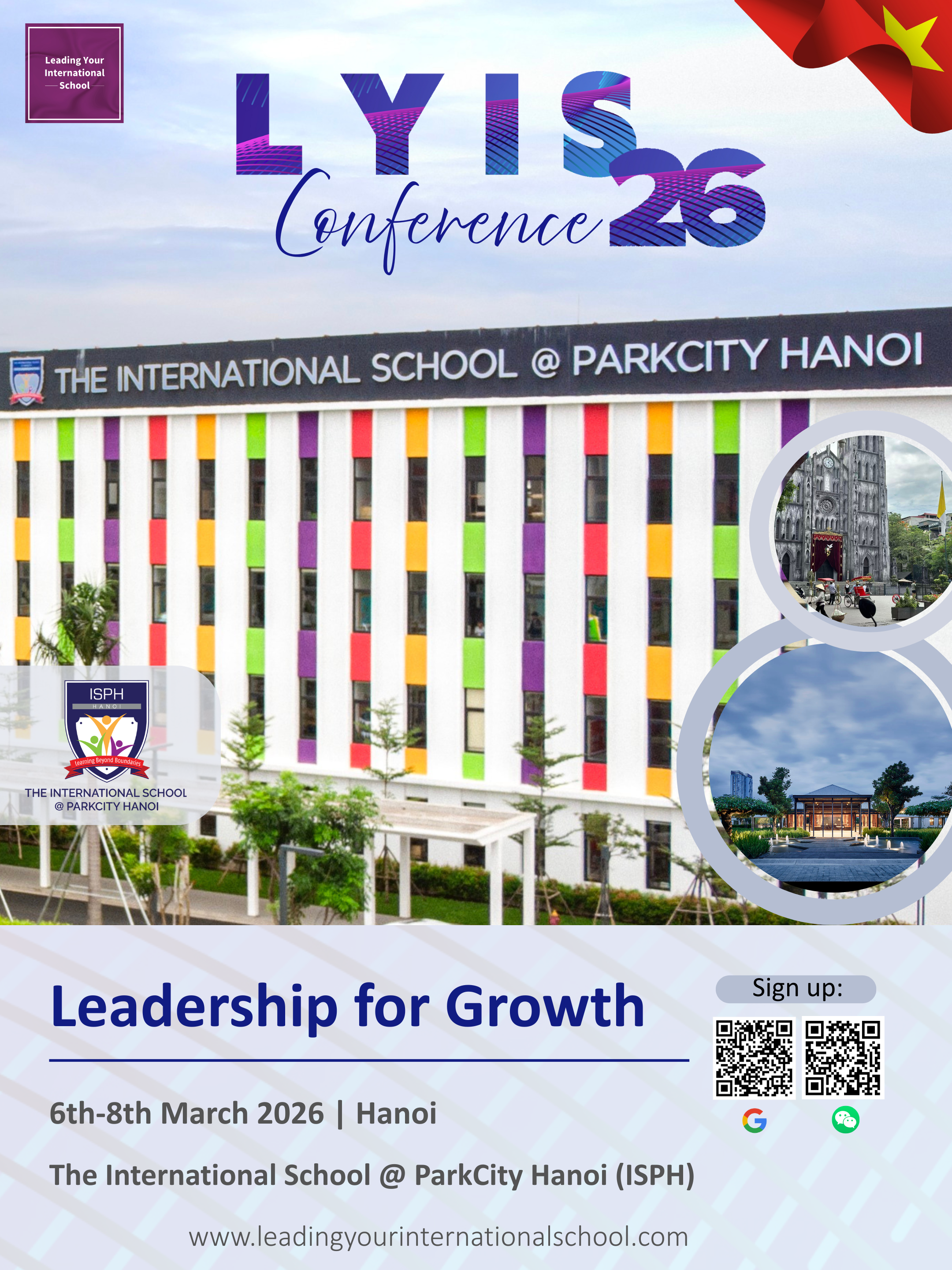by Katarzyna Czapor
For international school leaders, the call to full inclusion is often framed as an ethical imperative, yet its implementation frequently founders on the sharp rocks of budget and resources. As the Regional Head of SEND and Inclusion for a diverse group of schools in Malaysia, spanning preschools to IGCSE, across both national and international curricula, I know this tension intimately. We do not have a recipe for inclusion; we are still very much at the beginning of this path. But we are committed to working toward a better understanding of all needs. Through years of building an inclusion framework from the ground up, I’ve found the primary barrier to sustainability isn’t capital; it’s culture, and the immense patience required to shift professional belief fundamentally.
When I started, the schools in our group had virtually no unified student support department. The ethical commitment to Opportunity was high, but the operational capacity was zero. My leadership challenge was not, “How do we pay for this?” It was, “How do we transition from a state of unconscious exclusion to a truly inclusive culture, and why must ethical leaders sometimes lower their immediate expectations to achieve long-term, sustainable vision?”
The Costs of Unmanaged Change
The journey from zero-structure to an inclusive framework creates systemic drag and several hidden costs that undermine sustainability:
- The Exclusion of Inclusion – When establishing a Student Support Department, there is a risk of the exclusion of inclusion itself. This structural isolation of the very people who should preach for inclusion is the biggest systemic flaw in Educational Management. Inclusion cannot be sustainable until it is seen as a core, shared function of every department, including Human Resources.
- The Erosion of Trust and Transparency – Without clear processes, parents often prefer to keep quiet and support their child externally, fearing that transparency will lead to rejection. This failure of trust means a child wastes precious time for targeted support, all because the school has failed to demonstrate the Courage and Integrity to Reimagine and support difficult admissions and services.
- The Internal Barrier and Leader Burnout – It takes immense persistence and constant awareness creation to ensure that every member of the leadership ecosystem views inclusion as a strategic asset tied to the school’s Vision & Values. Furthermore, Ethical Leadership demands that the leader views their own Well-being as the ultimate, non-negotiable resource. If the leader burns out, the vision collapses, making the entire program unsustainable.
Building Sustainable Inclusion: A Rigorous and Ethical Process
To overcome these barriers, we focused on making inclusion an organic, inseparable part of the school’s DNA, adhering to the principle of “be where your feet are” – focusing on the immediate, achievable reality.
- Fair Admissions as Ethical Stewardship – Our admissions policy is the critical gatekeeper for ethical practice. This policy allows us to be fair and honest with parents, assessing whether we can truly support a child with the resources and understanding currently in place. It is not designed to create a barrier, but to prevent us from giving parents false reassurance that a child will grow academically when we lack the proper support program to fulfil that promise. This is a matter of professional integrity. This policy, paired with the constant mapping of need (School growth data), allows us to plan for growth and determine what specific challenge we can accept in the future.
- Distributed Leadership and The Ethical Phase-In – My core strategy is to embed Leadership accountability. We implement a “data-driven inclusion audit” where individual Principals own the diagnosis and the improvement plan. This leadership is critical for the most difficult decisions. For example, we chose to delay a high-needs student’s admission to train staff and phase in support sustainably. Our criteria were simple: The service must be sustainable to be ethical. Lowering expectations on the timeline allowed us to ensure a quality service, which is the most inclusive outcome.
Summary and Professional Recommendations
The courageous leader understands that achieving full inclusion is a journey measured in professional belief, not simply budget line items. To build a sustainable culture of inclusion, we must embrace patience and persistence over immediate perfection, tackling the internal cultural barriers with the same rigour we apply to Budgeting & Finance.
We still have no recipe for success, and we are very much at the beginning of this path, but we are committed to the process of discovery and a better understanding of all needs.
Professional Recommendations for Sustainable Inclusion:
- Mandate Whole-School Ownership: Inclusion is a Learning Centred Leadership mandate. Ensure that accountability for inclusion goals and professional development is shared across every department, not isolated within the SEND team.
- Dismantle the Silo: Ensure the Student Support Department is structurally integrated into the school’s executive Leadership structure, driving curricular and organisational change.
- Use Admissions as a Tool for Fairness: Implement an admissions policy that is transparent about the school’s current capacity. It is ethical to say “no” if you cannot guarantee a child’s academic growth with the available resources.
- Guard the Leader’s Capacity: Build Wellbeing checks (like structured downtime and delegation) into the regional leader’s calendar. Your capacity is the ultimate resource for the organisation’s Sustainability.
- Redefine Your Inclusion KPI: Your sustainability metric should not be the number of students accepted, but General Educator Confidence in Differentiation (a key Wellbeing metric).
My ultimate recommendation to international school leaders is to redefine success not by the scope of your inclusion policy, but by the depth and authenticity of the cultural change that allows every teacher and colleague to feel competent and supported in teaching diverse learners.
What is the one non-negotiable step your school took to shift inclusion from a specialist task to a shared, sustainable leadership priority?
Katarzyna Czapor, Head of SEND, Beaconhouse Group Malaysia
LYIS is proud to partner with WildChina Education

Join LYIS26. Understand international school leadership through a global lens.

